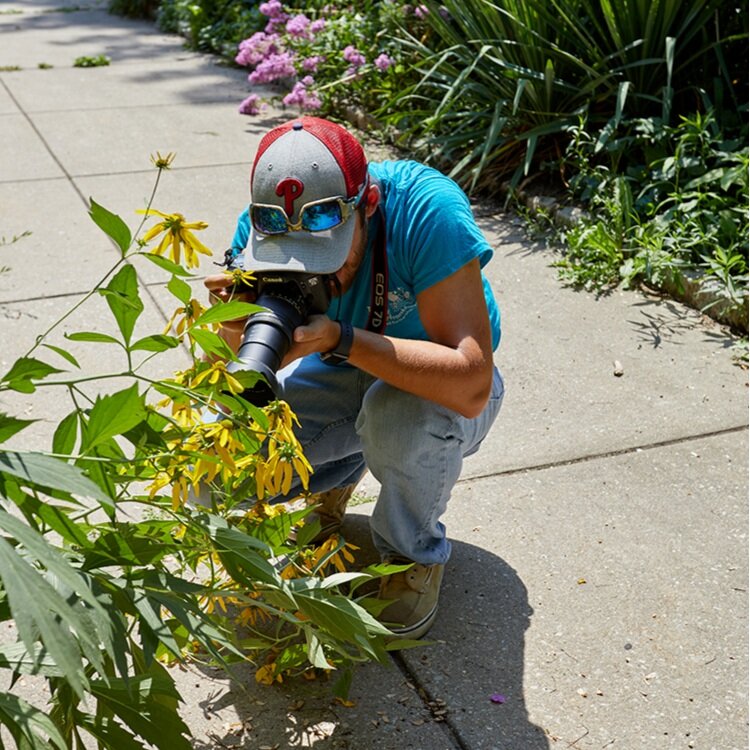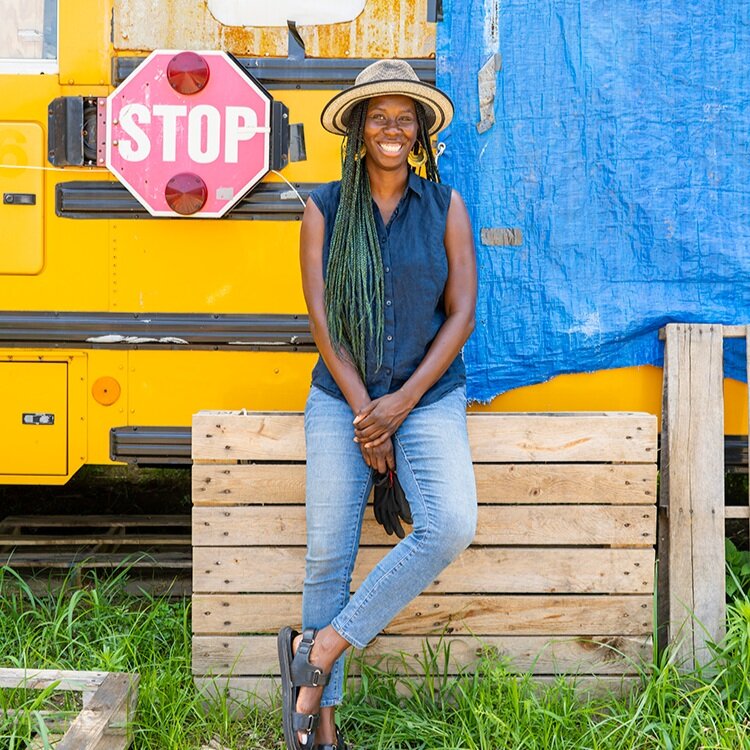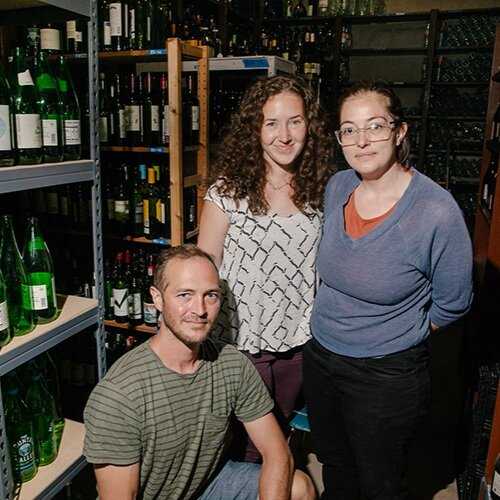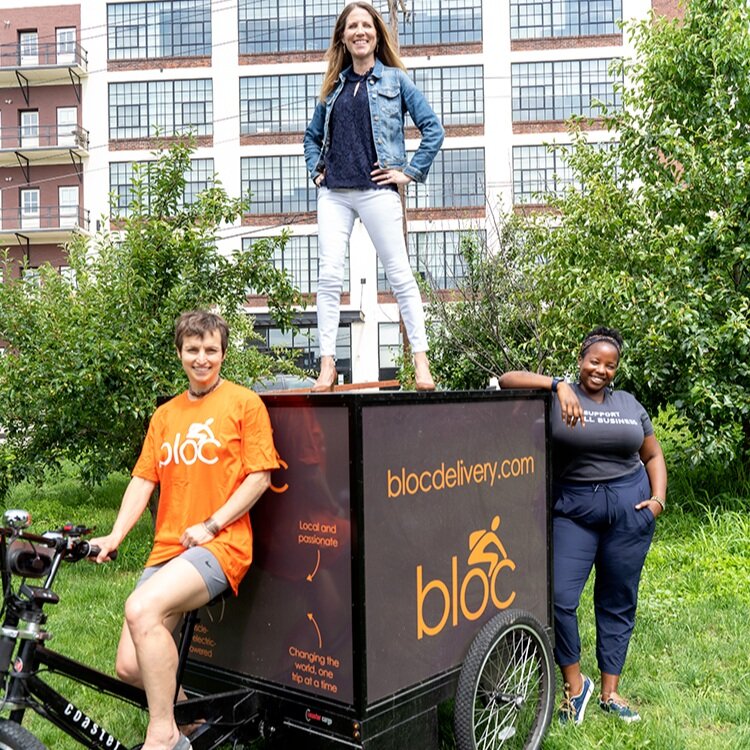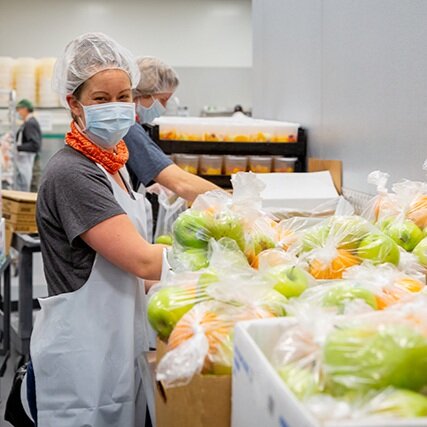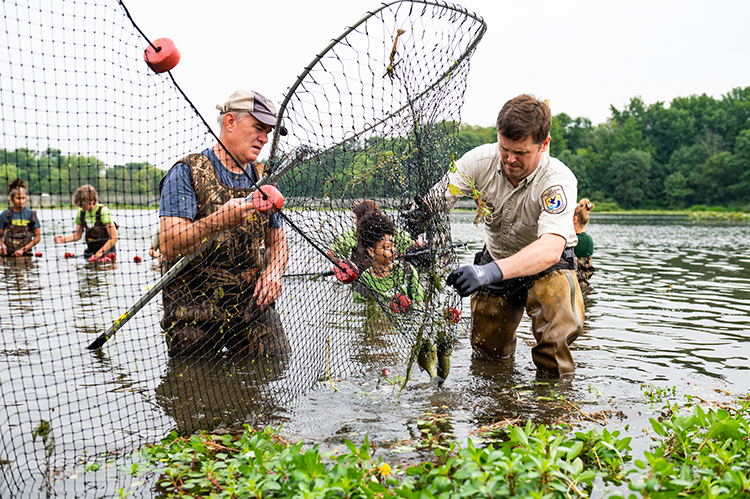Philadelphia has long been a great biking city with poor biking infrastructure, but that is (slowly) changing. When you get on your bike today, you’re bound to see some new routes connecting various neighborhoods and attractions.
By the end of the year, we’re likely to have a total of 20 miles of protected bike lanes throughout the city. Much of that work was either completed this summer or is in the process of completion.
Here are eight of them, from east to west:
Central Delaware Trail
This fall you’ll be able to ride your bike between the Washington Avenue Pier in South Philadelphia and Penn Treaty Park in Fishtown, off-road. The 3.4-mile Central Delaware Trail will connect people to riverside businesses, neighborhoods and parks that were previously not safely accessible by bicycle.
What’s to Like: Not only is this trail safe because it’s off road, but it’s also separated from the pedestrian walkway, which will cut down on negative interactions between trail users.
What Needs Work: The trail could use extensions into neighborhoods on both ends to give folks an easier path onto the trail itself.
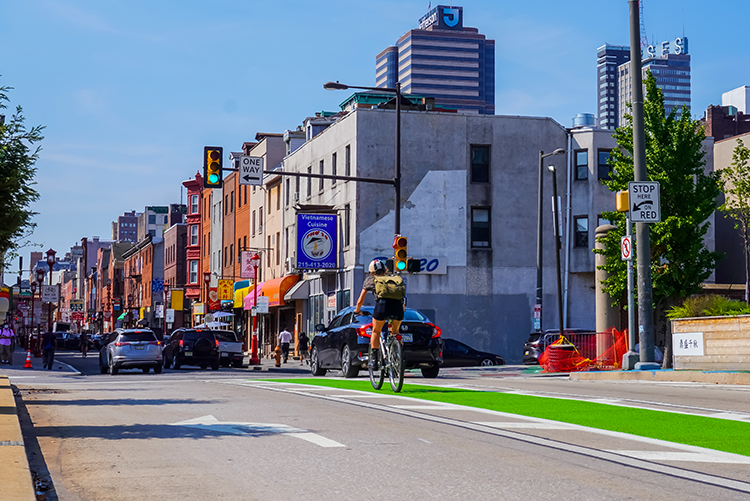
North American Street
A section of North American Street, between West Indiana Avenue and Master Street, looks a lot different than it did just five years ago. Along with new businesses popping up along the corridor, a bike lane in the center of the street now provides a relatively safe, comfortable passage between Olde Kensington and Fairhill.
What’s to Like: This section of American Street features the city’s first raised protected bike lane, meaning most of it is above street level, which deters motorists from parking in it.
What Needs Work: The section that isn’t above street level, beginning around Cecil B. Moore Avenue, has already been skidmarked by drivers doing donuts. Paint is not protection, and that fact becomes painfully obvious when you see new biking infrastructure tagged by skid marks.
North Second Street
A new protected bike lane on North Second Street was finally put in this summer. The flex-post barrier between cyclists and traffic from Spring Garden Street to Race Street in Old City is part of a much larger, multi-project path that will connect Kensington to Old City via North American Street, Germantown Avenue and Second Street—a project that isn’t close to being done yet.
What’s to Like: Previously, cyclists had to switch from the left side of the street at Callowhill to the right side—an inconvenient and dangerous move on a multi-lane road. The bike lane stays on the left side now, and the traffic lights were re-timed so that cylists move with motor vehicle traffic and don’t have to worry about cars either going up Callowhill or coming off the highway.
What Needs Work: Like a lot of bike lanes in Philadelphia, it simply ends at Race Street, a design you’d never see for accommodating motor vehicles. We look forward to this lane extending to Market Street, and the Market Street protected bike lanes, which currently need more funding.
Fifth, Sixth and Tenth Streets
Well-known routes for commuters in Center City, Fifth, Sixth and Tenth streets received parking-protected bike lanes (all of which start/end at Spring Garden Street) this summer.
What’s to Like: The bike lane on North Fifth used to be used as a de facto third driving lane. Traffic would back up with cars at Spring Garden, forcing cyclists to navigate in and out of traffic and parking. Not anymore. The parked-car buffer stops motorists from taking the bike lane, which is exactly how this sort of infrastructure is supposed to work.
What Needs Work: There has long been a dangerous “conflict zone” at Sixth and Market streets. A conflict zone is a dotted stretch of bike lane that diagonally crosses a motor vehicle turning lane and is designed to put motorists’ turning convenience above the safety of cyclists. The Sixth Street protected bike lane ends as the conflict zone begins, creating a confusing situation which I wouldn’t recommend new cyclists attempt.
Chestnut Street Bridge
The city officially opened the Chestnut Street protected bike lane between 45th and 34th streets in 2017. There was a lot of fanfare over these lanes, even though most advocates had worked for a more expanded project, between Center City and Cobbs Creek. Nevertheless, the city is continuing to chip away at that vision. This fall, the bike lane will continue east between 34th and 22nd streets, connecting West Philadelphia to Center City via a protected bike lane. Meanwhile, the city recently conducted a survey about expanding both Chestnut and Walnut bike lanes west to Cobbs Creek.
What’s to Like: This will be the first protected bike lane between West Philadelphia and Center City.
What Needs Work: Philadelphia still needs a safe westbound lane. The Chestnut Street protected bike lane will not really feel complete until it’s part of a network that includes a safe way into West Philadelphia.
Parkside Avenue
Of all the bike lanes on this list, Parkside Avenue between Girard and Bryn Mawr avenues may have had the longest-spanning timeline from beginning to end. The community meetings for this project happened in 2017 and 2018. The lane was partially built, then striped, then faded, then restriped, and, finally, constructed as a two-way protected bike lane.
What’s to Like: All protected bike lanes should be two-way, as a way to save space and better differentiate bicycle and motor vehicle traffic.
What Needs Work: While this is a nice, long bike lane, cyclists going east get dumped onto one of the most dangerous, high-speed sections of Girard. An expansion of this project onto Girard Avenue could help create a car-free connection to the Philadelphia Zoo and Martin Luther King Jr. Drive.



